© 2023 Kreativa. All rights reserved. Powered by JoomShaper
Turning a New Leaf into Art
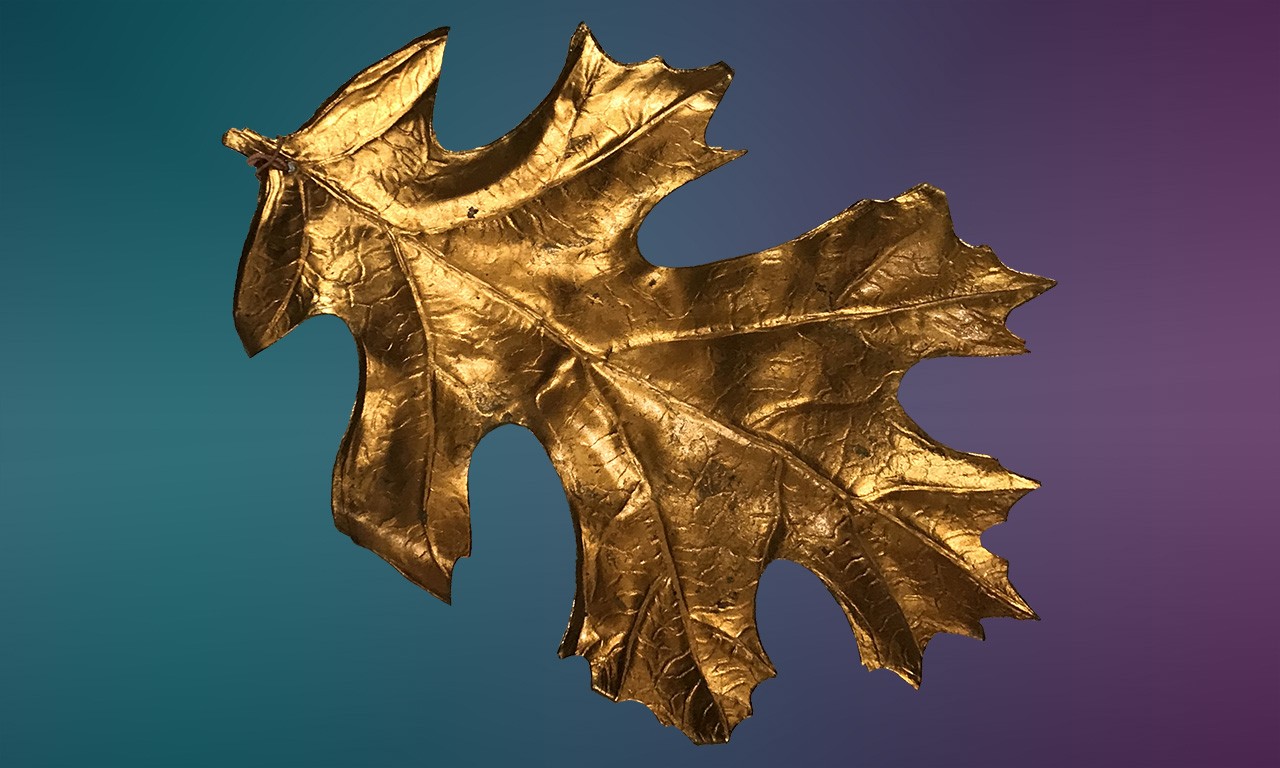 |
| Oak Leaf Ornament, early 20th Century Unknown maker; probably United States Gold; 4 1/2 in. 30713B Gift of Mrs. Anita L. Alexander |
Disbe-leaf That It Is 2024
Hard to believe as it may be, 2023 has ended and the new year, 2024, has begun. With high hopes for all the wonderful and exciting things that the new year may hold, today’s post celebrates the proverbial turning of a new leaf by looking at the types of leaves that appear in our permanent collection—everything from oak leaves to lotus leaves with a fair variety of difficult to identify species therein—and in every conceivable formulation, from stylized motifs to bona fide plant matter.
Study of Mot-leaf-s
Where leaves most often appear in the art of the Bowers’ collections is in the form of decorative motifs. Often, they are employed as part of a larger floral pattern, as is the case in this cape worn in the ring by the Spanish bullfighter Pedro Barrera. The cape is made of red silk and the embroidered foliage is created in six-inch wide bands with gold embroidery floss. In other instances, leaves, petrioles, and stems encompass the entirety of the design element. The above vessel with a flanged rim comes from Santo Domingo Pueblo in Arizona which is characterized by the white and black over red slip seen here. Kewa potters in the late 19th and early 20th centuries increasingly made vessels for sale to Anglo tourists rather than for traditional ceremonial uses. It was important that they be decorated with generic geometric and vegetal patterns, such as leaves, rather than the traditional subjects and symbols that held were significant for them.
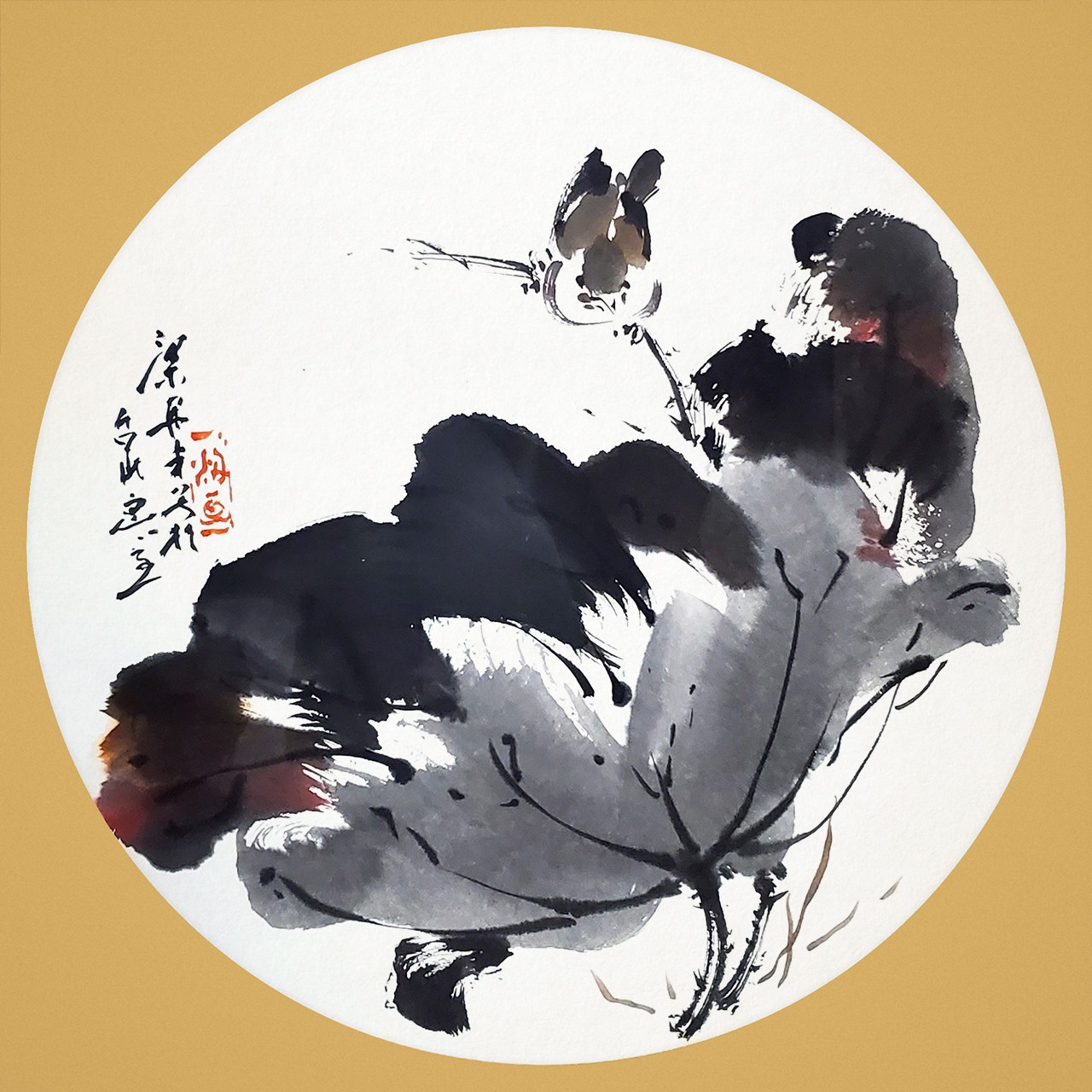 |
| Lotus Leaf, 2017-2018 Liang Dan Feng (Taiwanese) Ink on paper; 20 7/8 × 20 7/8 in. 2020.11.3 Gift of Jack J. Liang |
Purity of Depiction
Though the flower of the lotus is the more pervasive motif in the art of Buddhism and several other religions originating in India, the plant’s leaves are also depicted with some regularity in art from the larger region. Lotus Leaf is a watercolor on paper painting by Taiwanese the professor, essayist, and artist Liang Dan Feng, who studied at National Hun-Chew Academy of Arts, Tenkawol University, and Columbia University. Professor Liang's ink and wash paintings are based on Chinese traditional styles but incorporate Western painting techniques. In looking at this artwork, we can see why Liang would have chosen the subject matter, the structure of the central lotus leaf is beautifully rendered with light, fluid brush strokes and contrasts nicely against the thick strokes used to render the lamina (main body of the leaf).
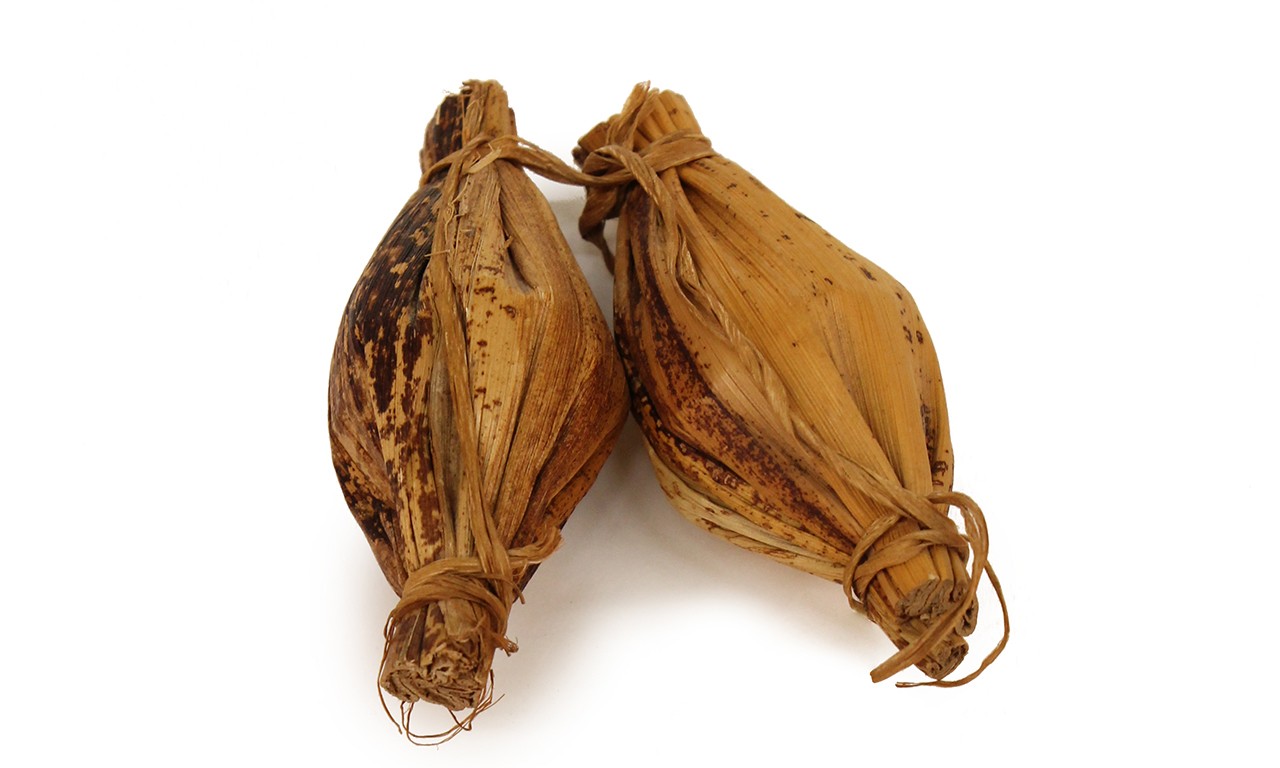 |
| Banana Leaf Snuff Packets, 20th Century probably Kikuyu culture; Kenya Banana leaf, string and possibly snuff; 3 1/2 × 1 1/4 × 1 1/4 in. 2013.7.8.1-.2 Gift of Doris L. Buck |
Still Up to Snuff
Any post on leaves would be woefully lacking without the representation of leaves as a medium. The two banana leaf packets above offer an example of the kinds of ways that leaves have been used functionally throughout history. Made from banana leaves, these were used by the Kikuyu culture of Kenya to store snuff, a mixture of tobacco and aromatics that was first introduced to Africa sometime in the early 1600s. When exposed to the elements, especially high humidity, snuff is quickly ruined. These leaves help preserve the lifespan of snuff, a practice that was traditionally used at least as far away as Venezuela. Around the turn of the 20th century when many of the relevant ethnographies on the Kikuyu people were written, usage of snuff tended to be reserved for the elderly where it was, according to anthropologists William and Katherine Routledge, a “consolation for middle life and old age.” They noted too that the exchange of snuff in banana leaf packets was quite common.
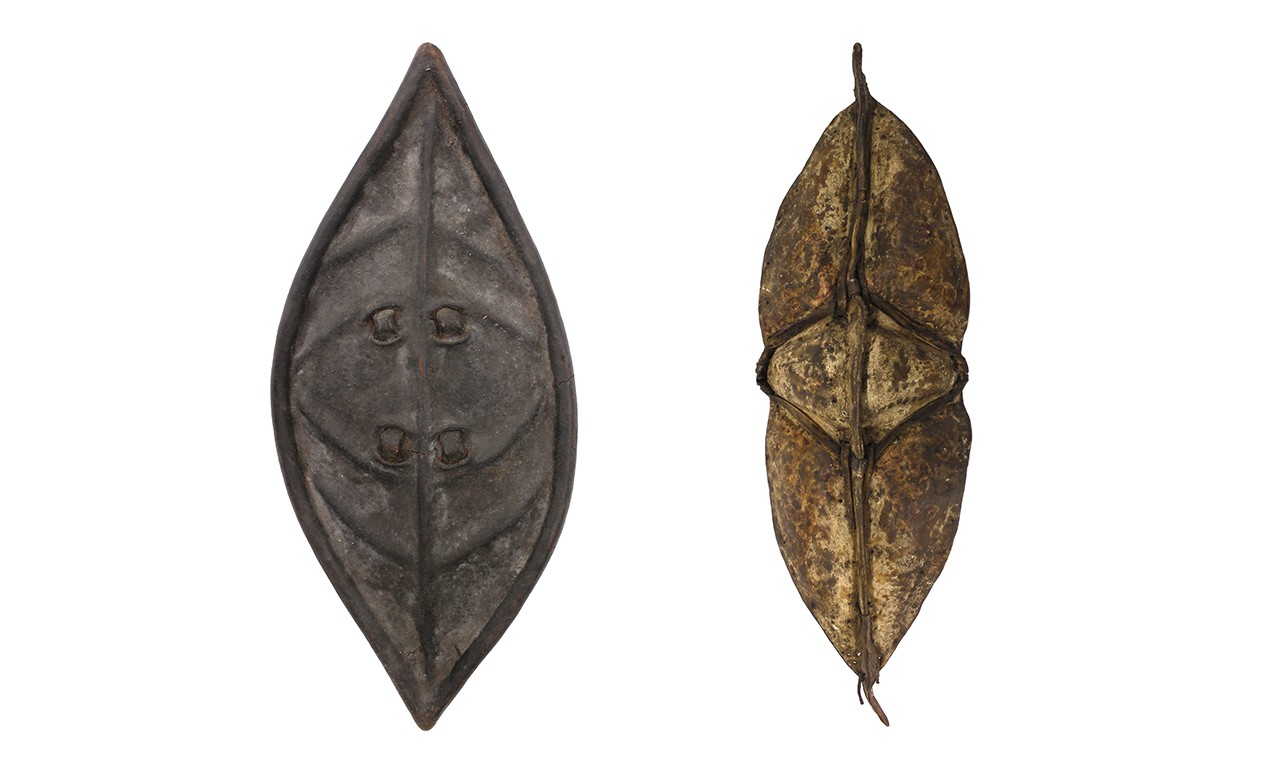 |
|
| Shield, early 20th Century probably Oromo culture; Ethiopia Leather and wood; 23 1/2 × 11 1/4 × 4 in. 2017.10.157 Anonymous Gift |
Shield, early to mid 20th Century Konso culture; Ethiopia Leather, fiber and pigment; 21 1/2 × 6 1/2 × 4 in. 2017.10.158 Anonymous Gift |
Leaflike Shields and Spear-like Leaves
Many human-made objects from around the world take the form of leaves, especially those originally derived for use for combat. Some of the earliest known tools made by Homo sapiens and neanderthals are blades chipped from stone and glass into leaflike shapes. Spear tips from antiquity through to their replacement by firearms often mimic the shape of lanceolate leaves—the name of which is a fun antecedental reversal. Indeed, a great many of humanity’s technological achievements stem from the study of nature and the efficient ways in which living things adapt to solve unique problems. These two molded hide shields are from the Konso and Oromo cultures of south-central Ethiopia. Tapering leaf forms are used in the design of many shields from around the world so that the wider parts of the object can protect humans’ torsos while the narrowing ends allow for easier visibility and a lighter weight. The resemblance to a leaf may be intentional or not, it is unknown which is the case here. Considering the small size of these shields it is likely that they were used for ceremonial purposes such as dances or funerary rites.
Text and images may be under copyright. Please contact Collection Department for permission to use. References are available on request. Information subject to change upon further research.


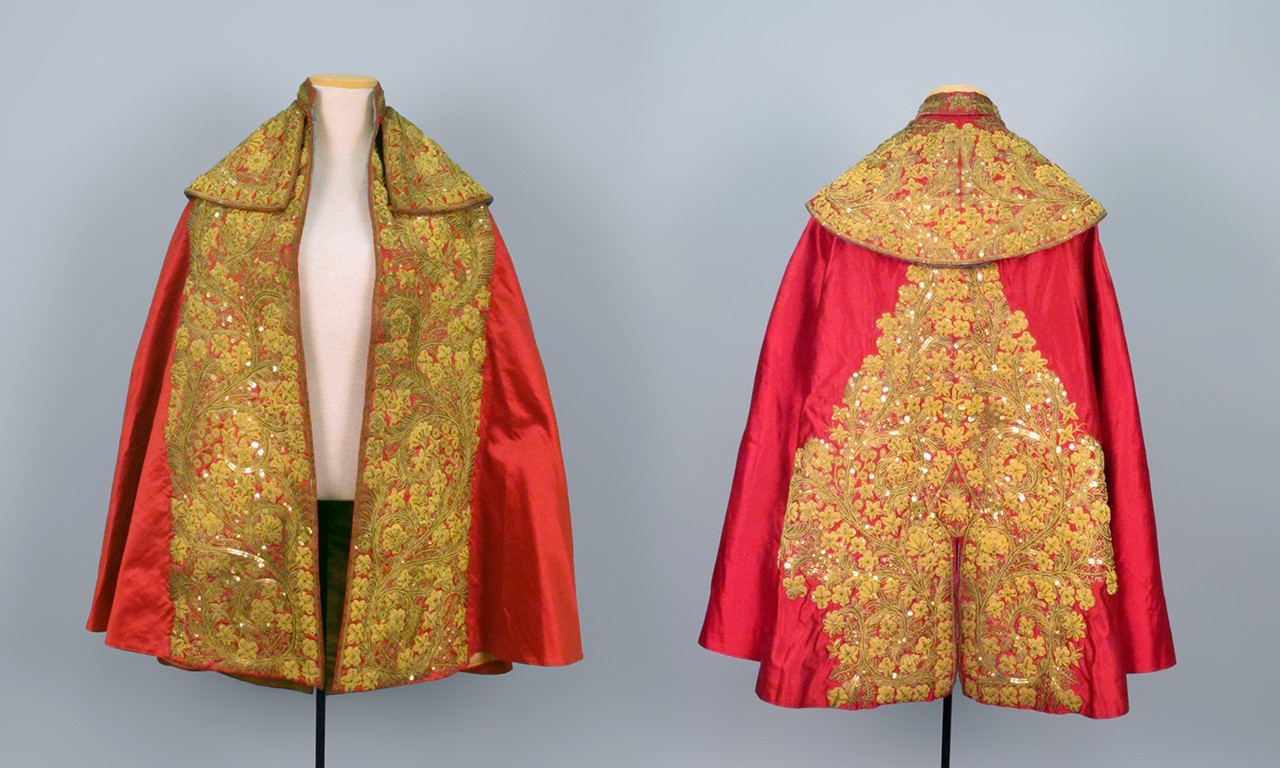
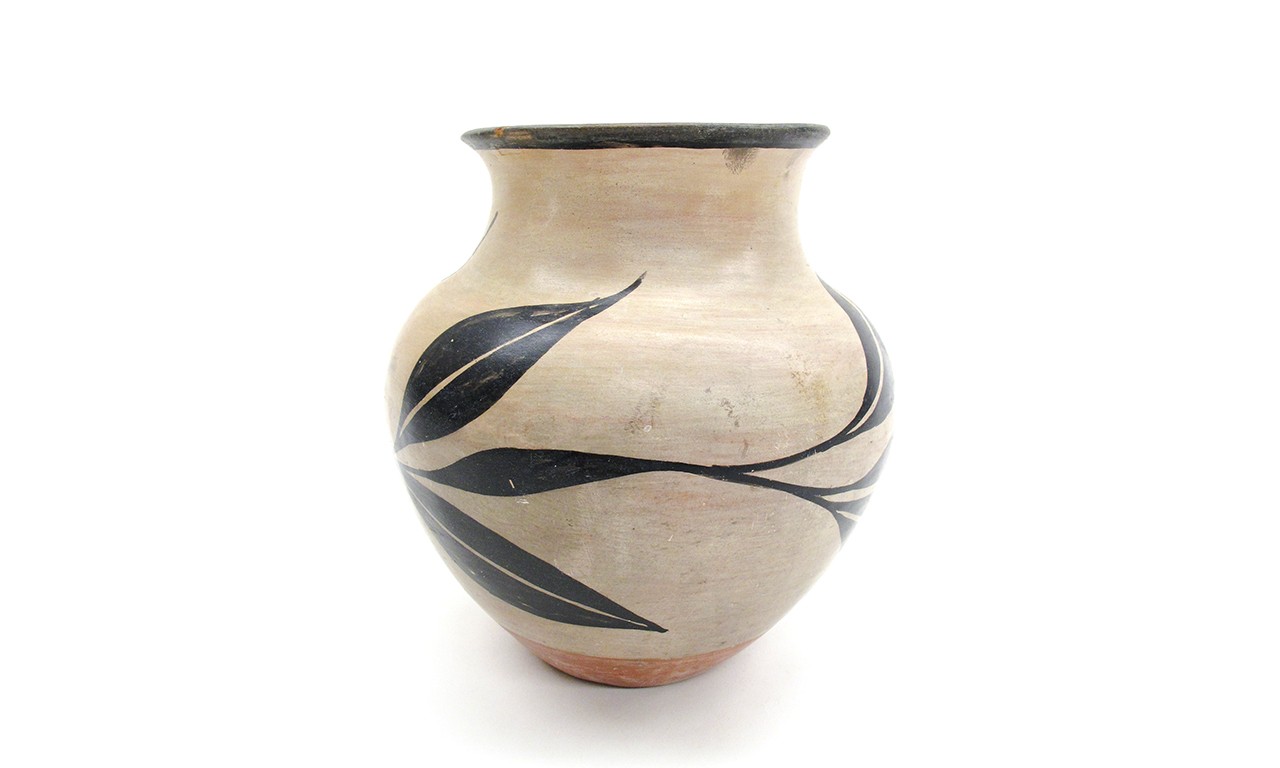
Comments 1
Snuff as a “consolation for middle life and old age”?
Could that be my third choice, please? Then I’ll do my best Danny Kaye singing, “Beautiful, Beautiful Copenhagen!”.